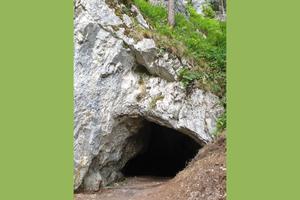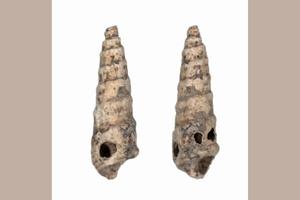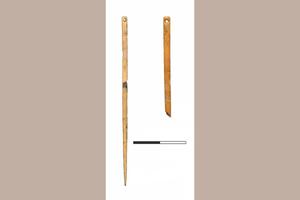Over the course of three research seasons in the small Hučivá diera cave in the Belianske Tatry mountain range, northern Slovakia, archaeologists managed to explore most of the buried hearth from the Stone Age and discovered a wide range of chipped stone tools, bones belonging to game and other small bone artifacts, stone and organic materials, including paleobotanical remains.
The typology of the chipped stone industry, together with established data allowed the experts to classify the settlement as part of the Magdalenian culture dating back more than 14,000 years.
This is the first time the traces of the culture appeared on the territory of Slovakia, the Slovak Academy of Sciences (SAV) reports.
The remarkable cave campsite from the Upper Paleolithic, so far the only prehistoric cave site in the Tatras mountain range, was discovered at the end of 2018. International research began in this cave less than a year later, which continued in 2022 and 2024.

The stone tools, dominated by tips with an indicated notch, were made from radiolarites, a type of sedimentary rock, but also from various flint varieties from beyond the Carpathian ridge, as well as from Moravia. Analogous tools have been primarily found in the territory of today's England, the Netherlands and Switzerland.
The Magdalenian cultures came from western Europe and date from around 17,000 to 12,000 years ago. They are mainly known for their cave paintings featuring individual sculptures of animals and people. These works of art represent the pinnacle of prehistoric art. They have also brought fame to the French and Spanish caves, such as Altamira and Lascaux.
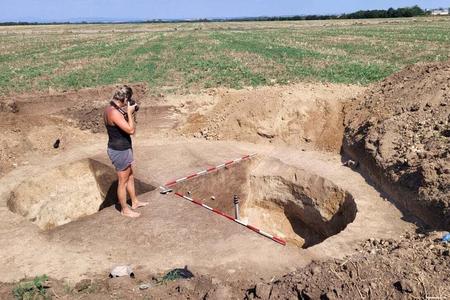
Among the archaeological finds from Hučivá diera, this season was surprising not only due to a number of remarkable artifacts - stone tools, bone needles, a sandstone lamp for lighting, two drilled through fossil snail shells, perhaps from necklaces, as well as due to how varied were the animals the culture hunted, among which were predominantly alpine ibex, and wild horses, brown bears and other fauna to a lesser degree.
Currently, all discovered finds are being evaluated at the Archaeological Institute of the SAS and in Poland.


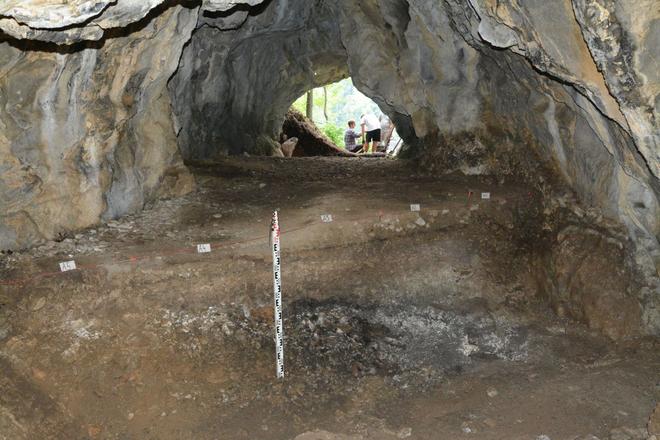 The Hučivá diera cave. (source: Slovak Academy of Sciences)
The Hučivá diera cave. (source: Slovak Academy of Sciences)
